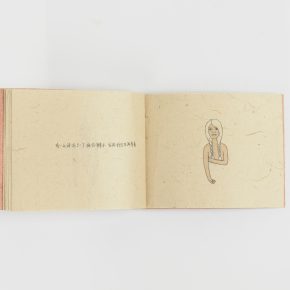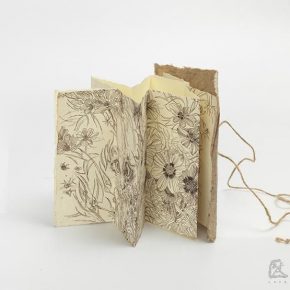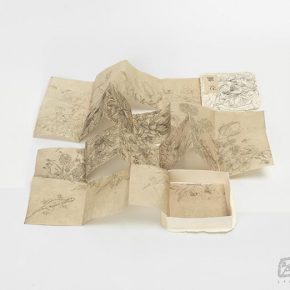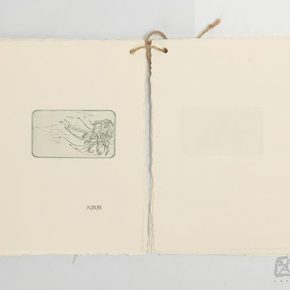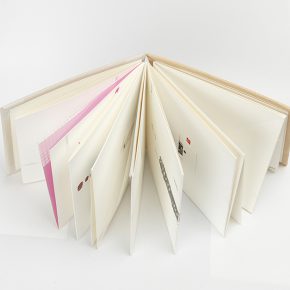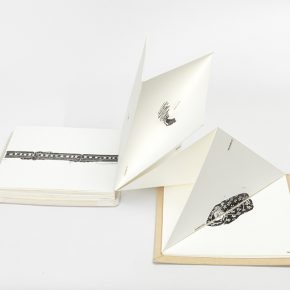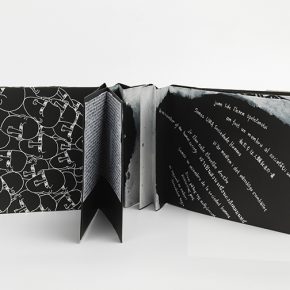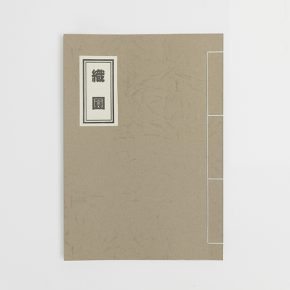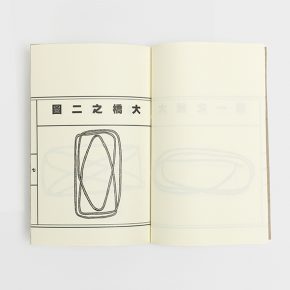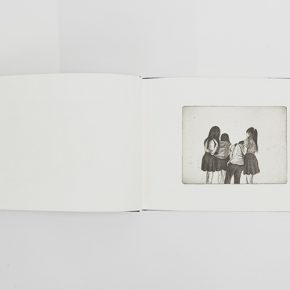
On May 11, 2016, the first Chinese Printmaking Art Festival kicked off at Guanlan China?Printmaking Museum in Shenzhen. The festival is themed the “Printmaking + the Art Good at Communicating”, curated by associate professor Kang Jianfei from the Printmaking Department at CAFA. The Studio 5, Printmaking Department at CAFA is the solo group, named after the studio to participate in the first Chinese Printmaking Art Festival, and the participating works are approved by the Academic Committee of the?Printmaking Museum and integrally collected by China?Printmaking Museum.
The Studio 5, Printmaking Department at CAFA, formerly known as the Studio of Illustration, has a particular remit in the teaching of Printmaking Department. The majority of other studios are closely related to edition species, except for illustration. Illustration belongs to a category in the plastic arts, rather than?painting.
After decades of teaching practices, the Studio 5, Printmaking Department at CAFA has established the teaching philosophy that is through the researching on the thinking mode of illustration, combining the language of printmaking with the related carriers to carry out the bookish art creation.
The Bookbinding Course of the Studio 5, Printmaking Department at CAFA? How to establish free expression beyond the rules?First of all, we need to understand what are the books - the books are those copyrighted works that aim at disseminating knowledge, passing on experiences, elaborating ideas, promoting views, through weaving or creating, the words are written or engraved on certain materials. If it is taken as a standard, the regular books generally appear at the end of the spring and autumn period. Thus before the concept of design appeared, the books had independently existed for nearly a thousand years, so that we are not limited by studying the rules of typesetting and design, but study the books themselves. Books contain the development of the technology of printing and binding, including linguistics, iconography and the development of image-text as a collaborative relationship, etc., and the content also involves historiography, sociology, ethics, philosophy and psychology. The books are like interfaces, the complex machines constructed by coding, and the bookbinding course of the Studio of Illustration at the Printmaking Department can greatly develop the books’ role as the carriers of images and texts, connecting the students’ learning and study of image-text relationships in the previous curriculums, at the same time, improving students’ abilities in all aspects, in the rigorous working course of book manufacture, in order to improve students' purpose towards free creation and the completion of works.
Now, many contemporary artworks of books are intended to break through the original limit of books, to finish some bold attempts, such as the use of pages to create a sculpture, using books as props for installation, or taking a book to record the traces of performance art. Accurately speaking, these works are inspired by books, rather than a true artwork of a book. And some artists even completely exclude a text, while treating images and special materials as the content carried by books, this phenomena is worthy of our consideration with a speculative attitude. The weakening and loss of a writing ability makes people increasingly dependent on images, in the environment of the academy which emphasizes visual research, taking the opportunity to make books to improve students’ understanding and the ability to control a text is also a purpose of this course.
The current teachers of the Studio 5, Printmaking Department include: Wu Jiang (Director of the studio), Kang Jianfei, Wang Shuo (External employee, Ph.D.), Tan Tan (External employee, Master).
Text and Photo by Tan Tan, translated by Chen Peihua and edited by Sue/CAFA ART INFO.


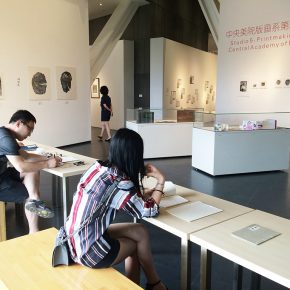
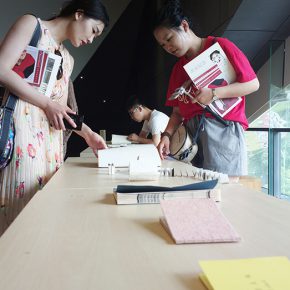

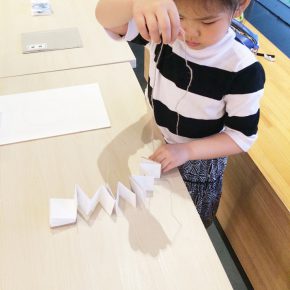
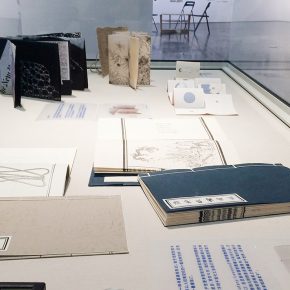
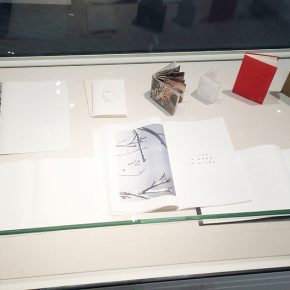

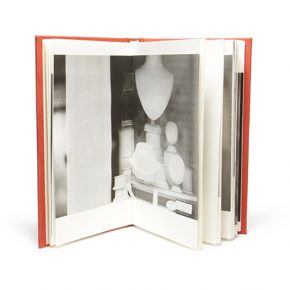
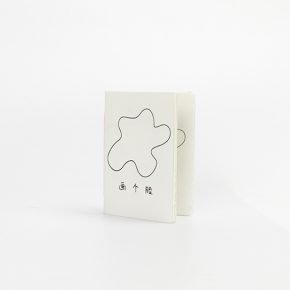

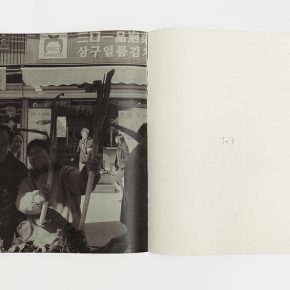



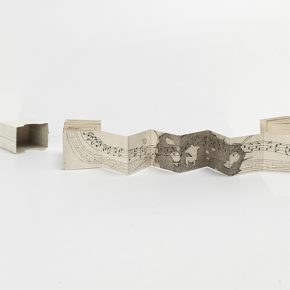
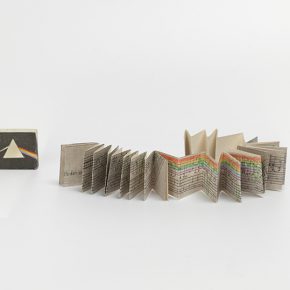



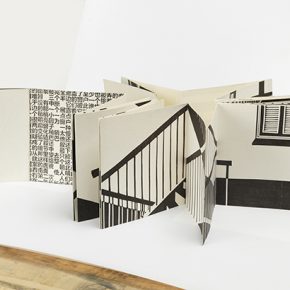

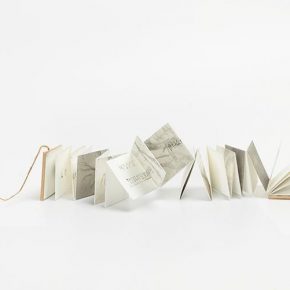
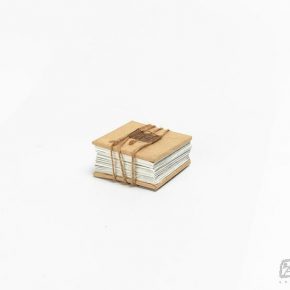
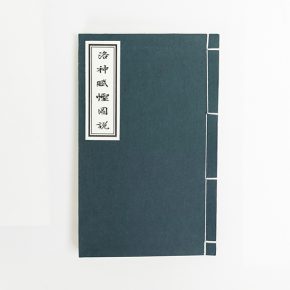

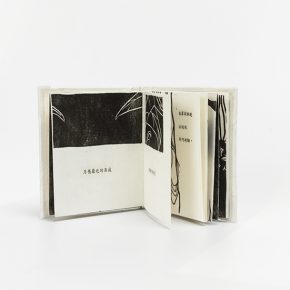
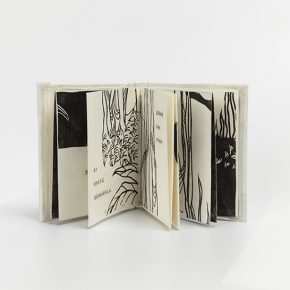
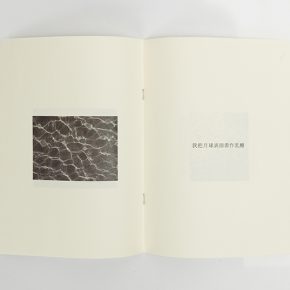

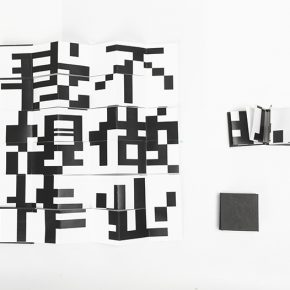
?290x290.jpg)
